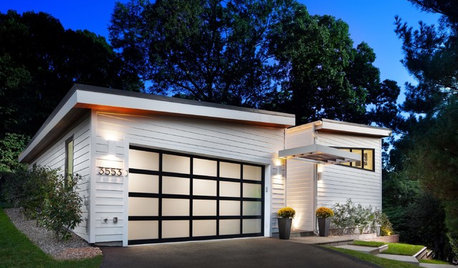How to Measure 1' Water
fghunt
14 years ago
Related Stories

STANDARD MEASUREMENTSKey Measurements for a Wine Cellar, Part 1
Find out the best ways to store your stash and how much space you need for wine refrigerators, racks and other storage
Full Story
BATHROOM DESIGNKey Measurements to Make the Most of Your Bathroom
Fit everything comfortably in a small or medium-size bath by knowing standard dimensions for fixtures and clearances
Full Story
LAUNDRY ROOMSKey Measurements for a Dream Laundry Room
Get the layout dimensions that will help you wash and fold — and maybe do much more — comfortably and efficiently
Full Story
REMODELING GUIDESKey Measurements for a Heavenly Stairway
Learn what heights, widths and configurations make stairs the most functional and comfortable to use
Full Story
STANDARD MEASUREMENTSKey Measurements to Help You Design Your Home
Architect Steven Randel has taken the measure of each room of the house and its contents. You’ll find everything here
Full Story
GARAGESKey Measurements for the Perfect Garage
Get the dimensions that will let you fit one or more cars in your garage, plus storage and other needs
Full Story
BATHROOM DESIGNMeasures of Remodel Success: Bathrooms by the Numbers
Count on a beautifully laid out bathroom when you factor in these measurements, costs and more
Full Story
KITCHEN DESIGNKey Measurements to Help You Design Your Kitchen
Get the ideal kitchen setup by understanding spatial relationships, building dimensions and work zones
Full Story
BATHROOM DESIGNKey Measurements to Help You Design a Powder Room
Clearances, codes and coordination are critical in small spaces such as a powder room. Here’s what you should know
Full Story
STANDARD MEASUREMENTSThe Right Dimensions for Your Porch
Depth, width, proportion and detailing all contribute to the comfort and functionality of this transitional space
Full Story







lamcon
skoot_cat
Related Professionals
Surprise Landscape Architects & Landscape Designers · Baltimore Landscape Architects & Landscape Designers · Fort Lee Landscape Architects & Landscape Designers · Garden City Landscape Architects & Landscape Designers · Andover Landscape Contractors · Azalea Park Landscape Contractors · Barrington Landscape Contractors · Doctor Phillips Landscape Contractors · El Sobrante Landscape Contractors · Fairhope Landscape Contractors · Hawaii Landscape Contractors · Panama City Beach Landscape Contractors · Paterson Landscape Contractors · River Ridge Landscape Contractors · San Benito Landscape Contractorsorganicnoob
andy10917
bpgreen
andy10917
organicnoob
bpgreen
organicnoob
bpgreen
organicnoob
rcnaylor
rcnaylor
rdaystrom
fghuntOriginal Author
garycinchicago
lamcon
bpgreen
organicnoob
lamcon
organicnoob
lazy_gardens
lamcon
organicnoob
rdaystrom
rcnaylor
rockfordchris
marsyas
dchall_san_antonio
User